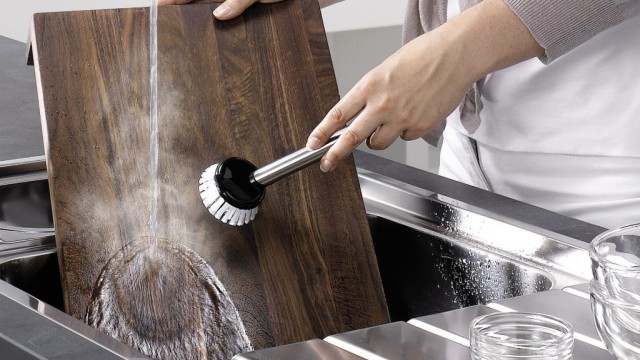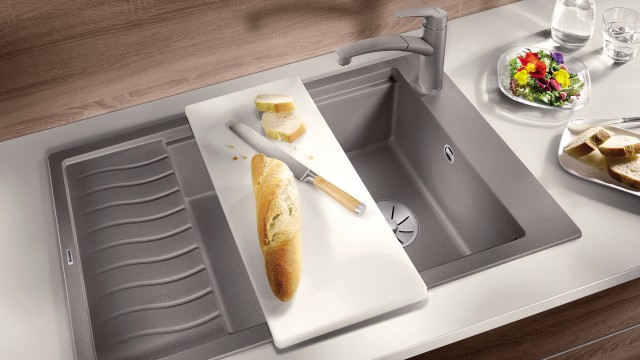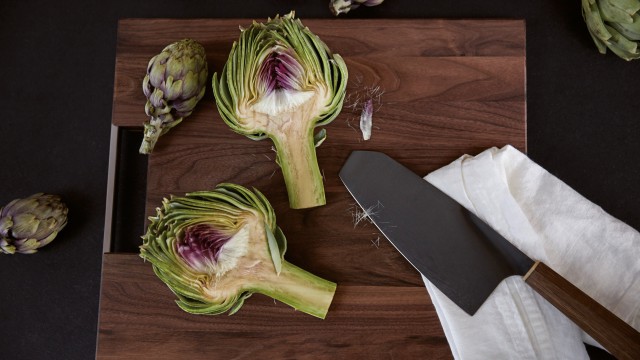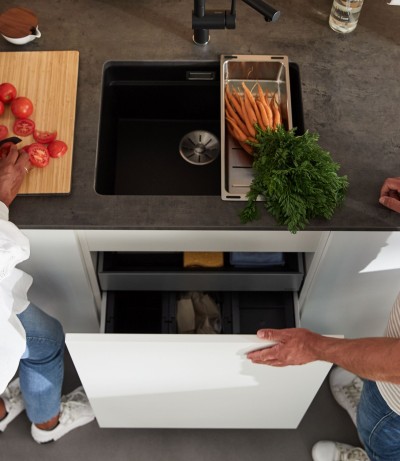In every kitchen food is prepared and then eaten later. Chopping boards are an indispensable aid. They serve as a base and storage surface when preparing ingredients. Foods like fish or meat are often raw. They are usually not heated before being cut. Moreover, they have passed through countless hands and are usually covered in germs. As such, you need to pay attention to hygiene.
Generally speaking, the recommendation is to separate raw meat and fish from other foods. Even chopping boards with supposedly antibacterial surfaces should not mislead you into abandoning the rules of hygiene in the kitchen.
You should care for the material in the appropriate way. This will protect against permanent discolouration and marks, reduce odours and, above all, prevent the development of germs.
It is advisable to use a glass or plastic chopping board when preparing meat, fish or intense-smelling foods like onion or garlic. This kind of smooth surface is also ideal for working with foods with strong dyes, as they do not absorb any of the colour and are thus protected against marks.





